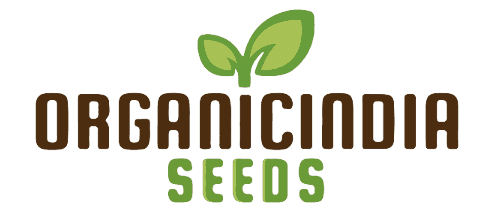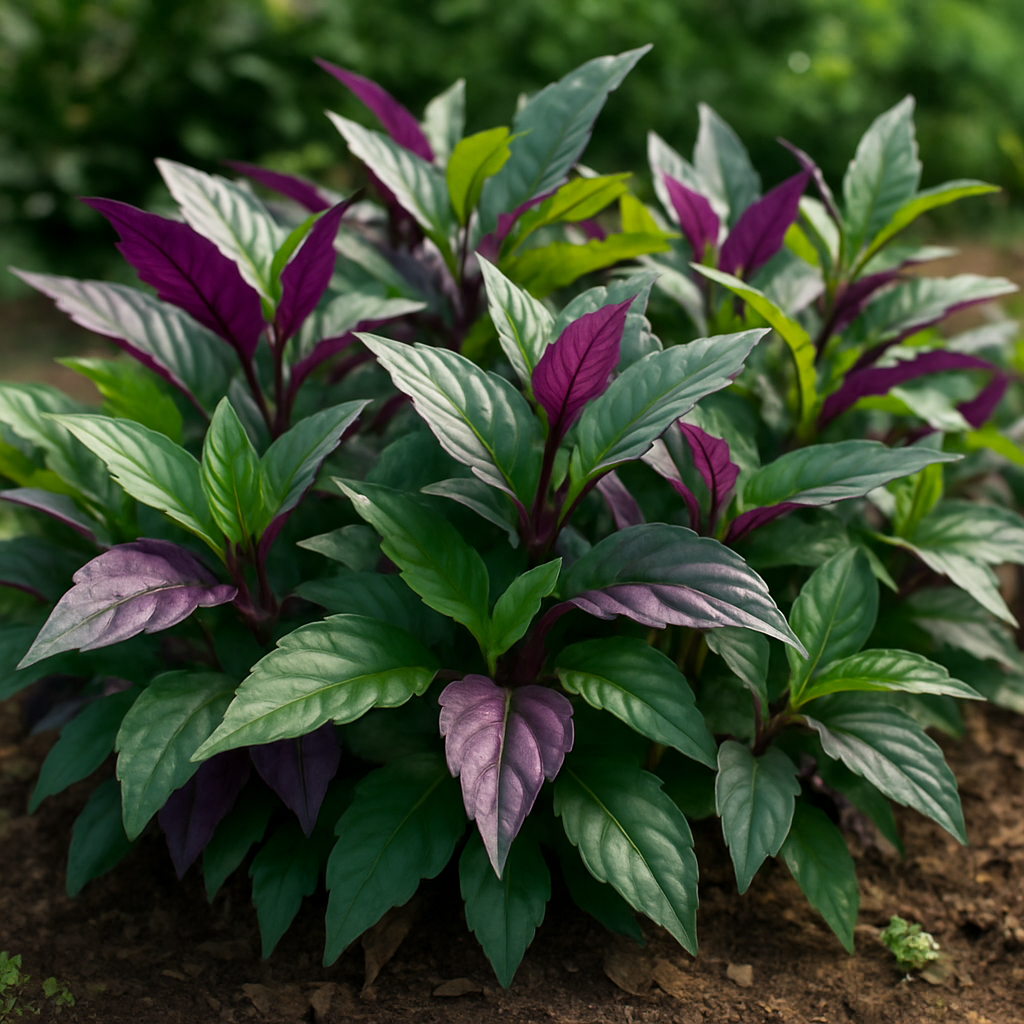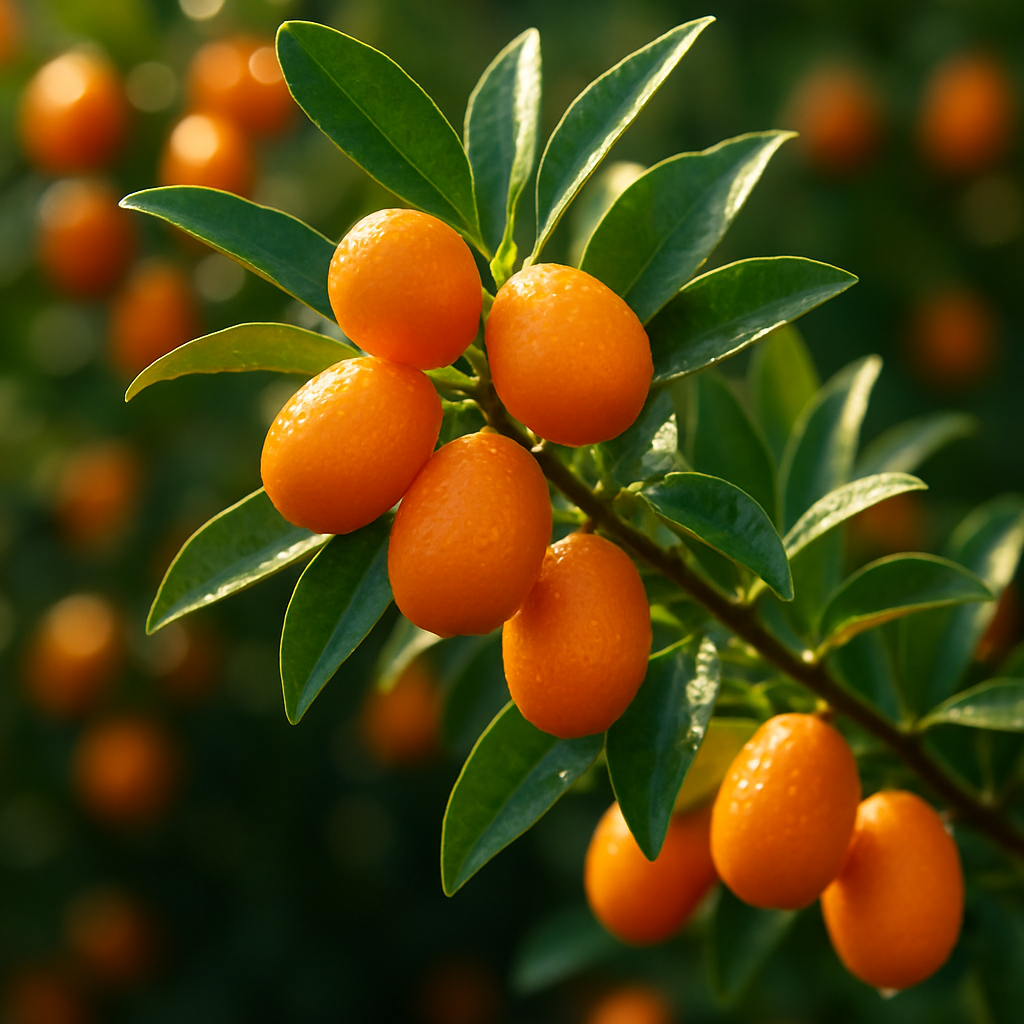Zwerg-Hortensien-Blumensamen: Eine perfekte Ergänzung für Ihren Garten
Über Zwerg-Hortensien-Blumensamen
Die Zwerg-Hortensie (Hydrangea macrophylla) ist eine kompakte Sorte der beliebten Hortensienpflanze, bekannt für ihre schönen, farbenfrohen Blüten. Im Gegensatz zu größeren Hortensien wächst die Zwergsorte auf eine handhabbare Höhe, was sie perfekt für kleinere Gärten, Terrassen oder Pflanzgefäße macht. Erhältlich in Rosa-, Blau- und Weißtönen, bringt die Zwerg-Hortensie Farbe und Eleganz in jeden Raum. Unsere organischen Zwerg-Hortensien-Blumensamen stammen von Pflanzen bester Qualität und gewährleisten gesundes Wachstum und lebendige Blüten.

Warum Zwerg-Hortensien anbauen?
Es gibt mehrere Gründe, die Zwerg-Hortensie in Ihren Garten aufzunehmen:
-
Kompakte Größe: Sie ist ideal für kleine Gärten, Pflanzgefäße oder als Akzentpflanze in größeren Landschaften.
-
Langanhaltende Blüten: Diese Hortensien produzieren große, runde Blütenbüschel, die von Spätfrühling bis Sommer mehrere Monate halten.
-
Wenig Pflegeaufwand: Im Gegensatz zu anderen größeren Sorten ist die Zwerg-Hortensie leichter zu pflegen und benötigt weniger Schnitt und Pflege.
-
Vielseitigkeit: Sie gedeiht sowohl in Sonne als auch im Halbschatten, was sie für verschiedene Gartensituationen geeignet macht.
Wann man Zwerg-Hortensiensamen pflanzt
Die beste Zeit, Zwerg-Hortensien-Blumensamen zu pflanzen, ist im frühen Frühling, nach dem letzten Frost, oder im frühen Herbst für wärmere Klimazonen. Für beste Ergebnisse beginnen Sie mit der Aussaat etwa 6-8 Wochen vor Ihrem letzten Frosttermin drinnen. Wenn Sie direkt im Freien pflanzen, warten Sie, bis sich der Boden erwärmt hat und die Frostgefahr vorüber ist. Zwerg-Hortensiensamen keimen in der Regel in etwa 2-3 Wochen, und Sie können sie nach dem Anwachsen der Sämlinge ins Freie verpflanzen.
Wo man Zwerg-Hortensien anbaut
Zwerg-Hortensien gedeihen in gut durchlässigem Boden mit viel organischem Material. Sie bevorzugen Halbschatten, vertragen aber auch etwas direkte Sonne, besonders in kühleren Klimazonen. Der ideale Standort erhält Morgensonne und Nachmittagsschatten. Wenn Sie sie in Behältern ziehen, sorgen Sie für eine gute Drainage, um Wurzelfäule zu vermeiden. Ein kühler, geschützter Bereich mit Schutz vor starken Winden ist ebenfalls ideal für ihr gesundes Wachstum.
Zwerg-Hortensien ziehen
Das Ziehen von Zwerg-Hortensien aus Samen ist relativ einfach:

-
Samen einweichen: Weichen Sie die Samen vor der Aussaat etwa 24 Stunden in warmem Wasser ein, um die Keimung zu beschleunigen.
-
Aussaat: Säen Sie die Samen etwa 0,5 cm tief in eine gut durchlässige Anzuchterde. Bedecken Sie sie leicht mit Erde und halten Sie sie feucht.
-
Temperatur: Halten Sie die Anzuchtschalen an einem warmen Ort, idealerweise bei etwa 18-21 °C (65-70 °F) für optimale Keimung.
-
Umpflanzen: Sobald die Sämlinge kräftig genug sind und keine Frostgefahr mehr besteht, pflanzen Sie sie in größere Töpfe oder direkt in den Garten um. Achten Sie darauf, einen Abstand von mindestens 60-90 cm einzuhalten, um ein richtiges Wachstum zu ermöglichen.
Pflege von Zwerg-Hortensien
Eine richtige Pflege ist entscheidend für gesunde Zwerg-Hortensien. Hier sind einige wichtige Tipps:
-
Bewässerung: Halten Sie den Boden gleichmäßig feucht, besonders während Trockenperioden. Hortensien benötigen regelmäßige Bewässerung, um gut zu gedeihen, aber achten Sie darauf, nicht zu viel zu gießen, da sie keine Staunässe vertragen.
-
Beschneiden: Die Zwerg-Hortensie benötigt nur minimalen Schnitt. Schneiden Sie im frühen Frühling abgestorbene oder beschädigte Triebe zurück, bevor das neue Wachstum beginnt.
-
Düngen: Verwenden Sie im frühen Frühling einen ausgewogenen, langsam wirkenden Dünger. Düngen Sie nur ein- oder zweimal im Jahr, um Überdüngung zu vermeiden.
-
Mulchen: Tragen Sie eine Schicht Mulch um die Basis auf, um Feuchtigkeit zu speichern und den Boden in den Sommermonaten kühl zu halten.
Begleitpflanzen für Zwerg-Hortensien
Zwerg-Hortensien sind ausgezeichnete Begleiter in Ihrem Garten, besonders in Kombination mit anderen schattenliebenden Pflanzen. Hier sind einige Ideen:

-
Hostas: Ihr kräftiges, üppiges Laub ergänzt die weicheren, runden Blüten der Hortensie.
-
Astilben: Diese Stauden gedeihen unter den gleichen Bedingungen wie Hortensien und verleihen dem Garten Textur und Farbe.
-
Japanisches Waldgras: Ein zartes Gras, das gut mit den vollen Blüten der Zwerg-Hortensie harmoniert.
-
Korallenglocken: Ihr farbenfrohes Laub bildet einen auffälligen Kontrast zu den Hortensienblüten.
Ernte von Zwerg-Hortensien-Samen
Während Zwerg-Hortensien im Allgemeinen zu Zierzwecken angebaut werden, können Sie Samen sammeln, sobald die Blüten verblassen und Samenkapseln entstehen. Lassen Sie die Samenkapseln an der Pflanze reifen, bevor Sie sie vorsichtig sammeln. Bewahren Sie die Samen an einem kühlen, trockenen Ort für die nächste Pflanzsaison auf.
Abschließende Gedanken zu Zwerg-Hortensien
Die Zwerg-Hortensie ist eine wunderbare Ergänzung für jeden Garten, bietet atemberaubende Blüten, kompakte Größe und einfache Pflege. Sie ist perfekt für kleinere Räume, Behälter oder als Teil eines gemischten Gartenbeets. Egal, ob Sie Anfänger oder erfahrener Gärtner sind, Zwerg-Hortensien-Blumensamen sind eine großartige Wahl. Für eine zuverlässige, organische Samenquelle besuchen Sie noch heute Organicindiaseeds.com und beginnen Sie, Ihre eigenen schönen organischen Zwerg-Hortensien.



Hinterlasse einen Kommentar
Diese Website ist durch hCaptcha geschützt und es gelten die allgemeinen Geschäftsbedingungen und Datenschutzbestimmungen von hCaptcha.